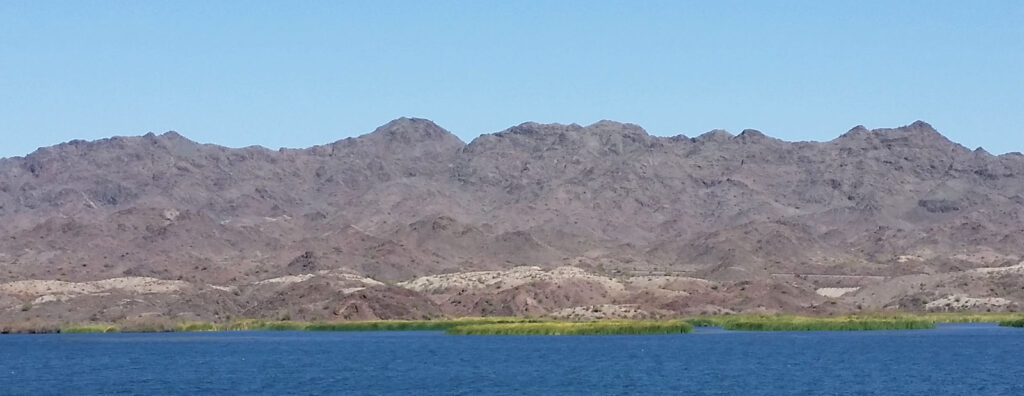Chemehuevi
About the Chemehuevi People

The Chemehuevi are a desert tribe from the Mohave Desert area in southern California. They've been classed as the southernmost branch of the Paiutes. They were nomadic, typically gathering in small familial units and migrating across the landscape that way. Everyone seemed to circle among all the known watering holes across the Mohave and different families would come together at different ones at different times.
The Oasis of Mara was one of those places. Oases back then were centers of wildlife distribution and the hunting could be good for several months at a time. Then the people would move on to the next oases. Today, the Oasis of Mara is on the grounds of the Visitor Center for nearby Joshua Tree National Park and most of the tribe's people have been relocated to the Colorado River valley. Their previous hunting grounds is now mostly designated National Park, National Preserve or National Wilderness Area.
The spring at Mara stopped coming to the surface in the 1940s due to pumping of the underground aquifer to feed the growing Southern California population. To preserve the oasis, the National Park Service has been pumping water in from the nearby California Aqueduct since that was built.
For many years the Chemehuevi were allied with the much larger Mohave tribe but at times, like siblings sometimes do, the Mohave turned against them. A few years later bygones were bygones and the tribes were allies again.
The Chemehuevi lifestyle wasn't much affected by the Spanish in colonial years as the Spanish tended to stay much closer to the coast. The Americans, though, when they arrived they claimed the oases and denied the people their ages-old access. After a few skirmishes with the new settlers, the tribe ended up concentrated down along the Colorado River valley, the eastern edge of their traditional lands. They were given their own reservation along the Colorado River but half of it was flooded when Lake Havasu filled. That's when some of the tribe were resettled to the Colorado River Indian Reservation a few miles to the south. There is still a Chemehuevi Reservation on the shore of Lake Havasu but it is significantly smaller than it was.
In the 1920s the Colorado River Indian Reservation was already partially occupied by members of the Mohave tribe. Then in the 1930s and 1940s, the Bureau of Indian Affairs recruited Hopi and Navajo families to move there. Lake Powell was also filling and the Bureau of Indian Affairs and Department of Reclamation were severely reducing the herds of sheep and cattle on the Hopi and Navajo Reservations. They claimed over-grazing would lead to greater soil erosion and Lake Powell would be filled with silt in only a few years... Because of the dire economic situation the destruction of their livestock put many Hopi and Navajo families into, quite a few opted to go to the Colorado River Indian Reservation. Many are still there but the largest population on the reservation is still Mohave.
Historically, the Chemehuevi did make some utilitarian pottery. It was a skill they learned from their Mohave neighbors. It's not something that was widely developed.
We are only aware ot two Chemehuevi potters: Teresa Wildflower and her daughter, Niadi Wildflower.

Photos are ours, © All rights reserved.
For more info:
Chemehuevi Indian Tribe, the official source
Colorado River Indian Tribes at Wikipedia
Chemehuevi Indian Tribe, also at Wikipedia